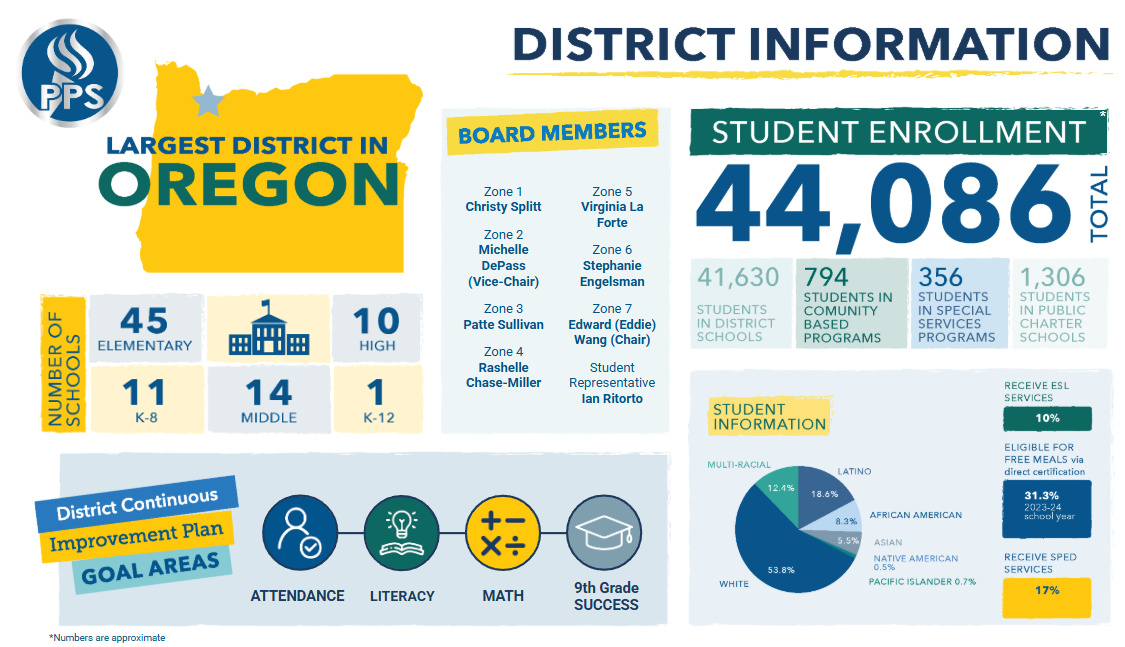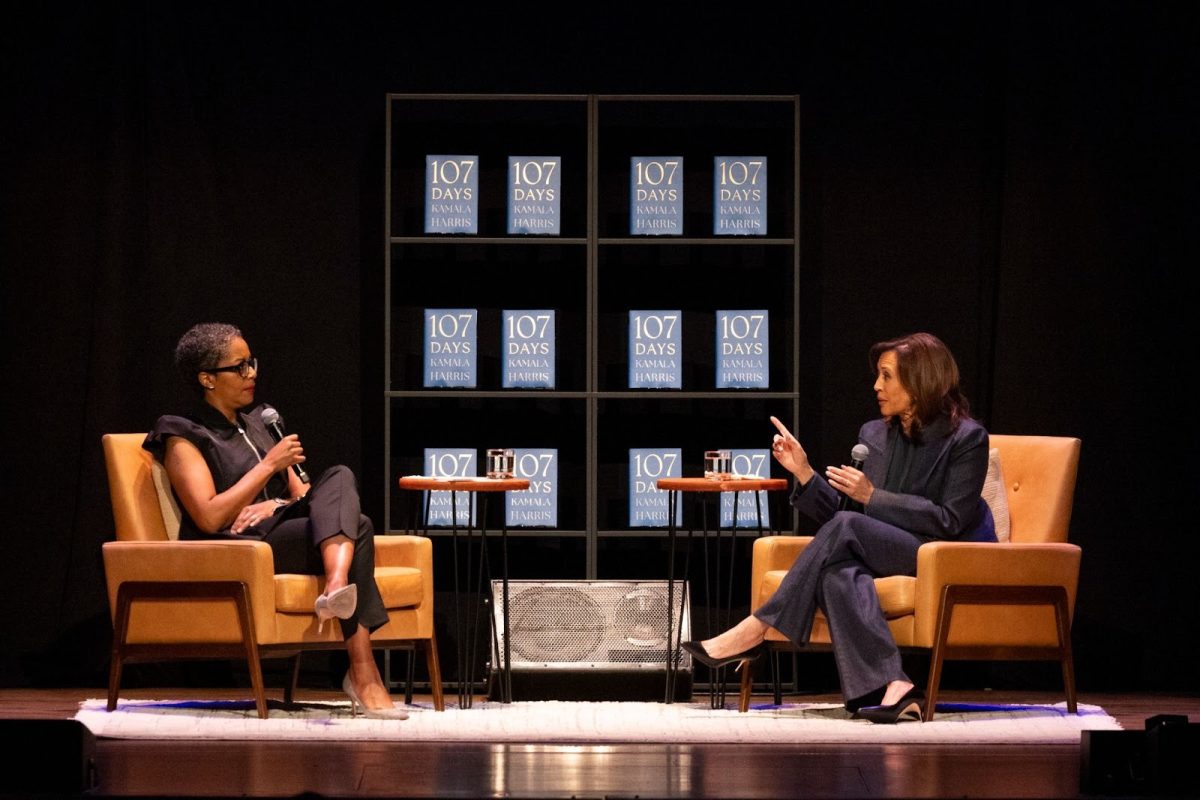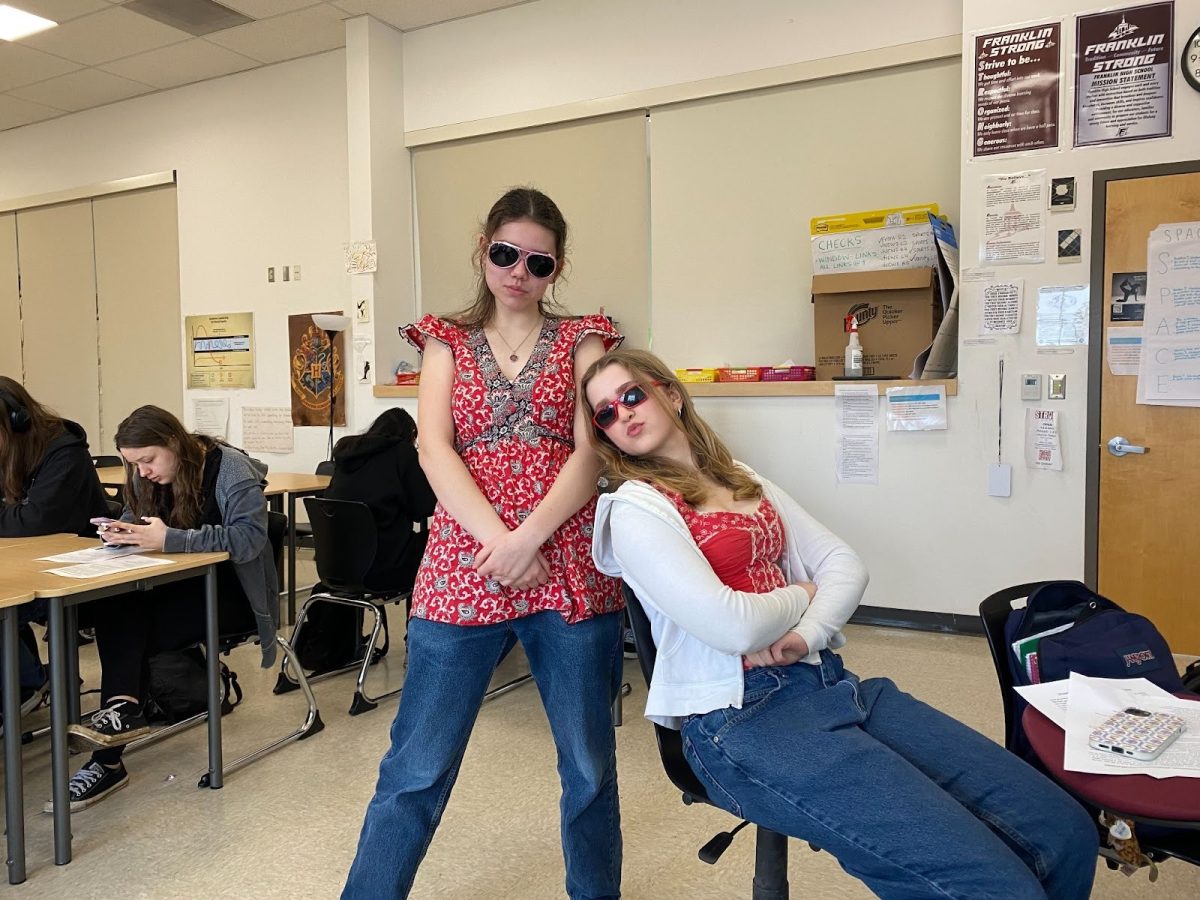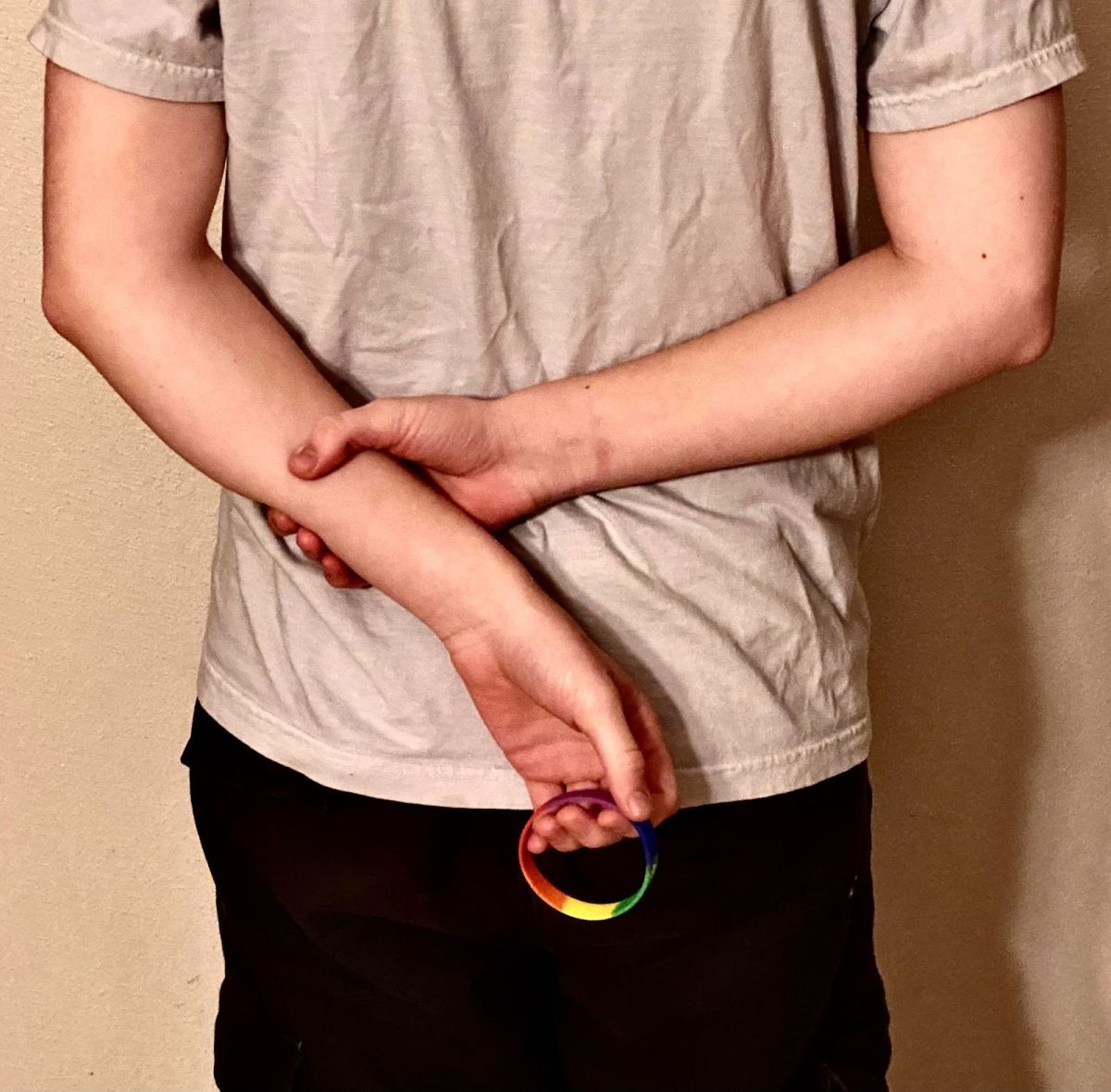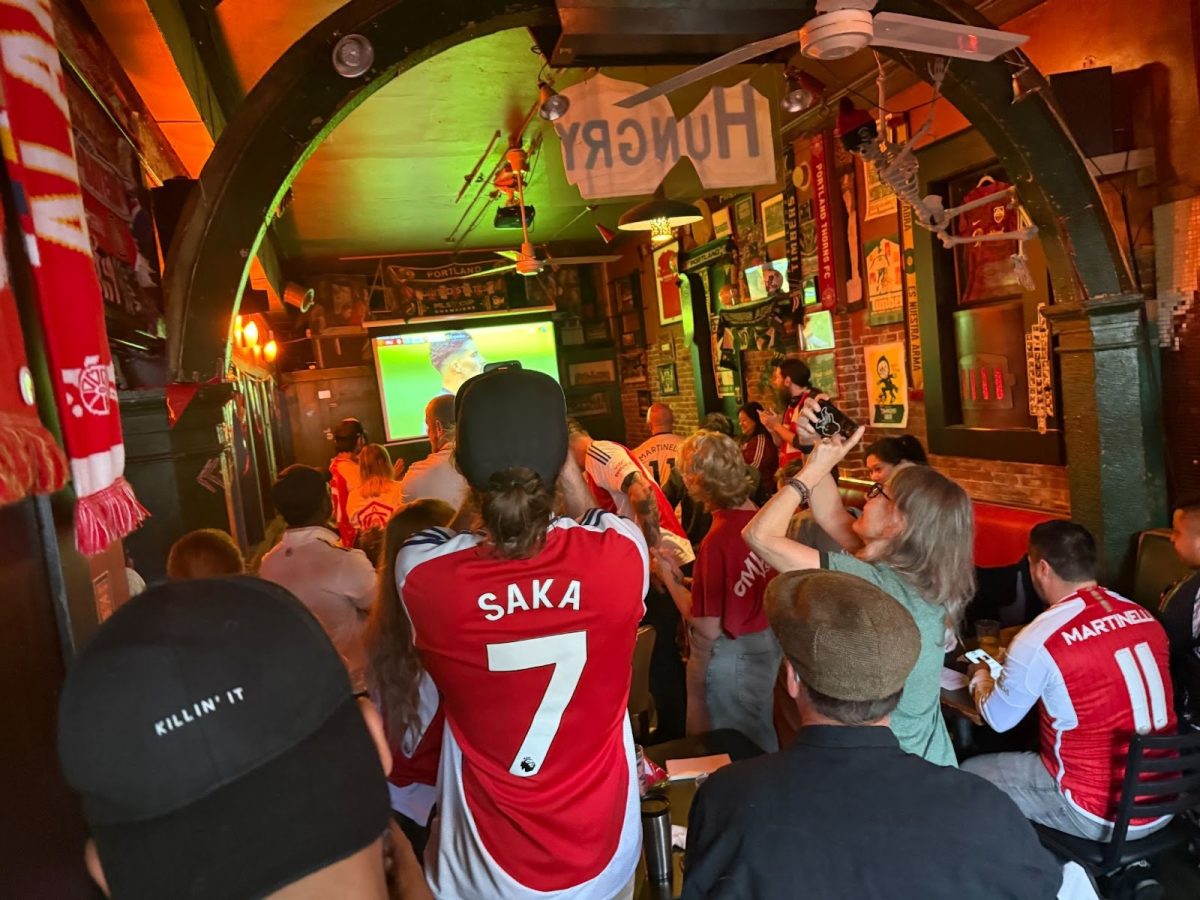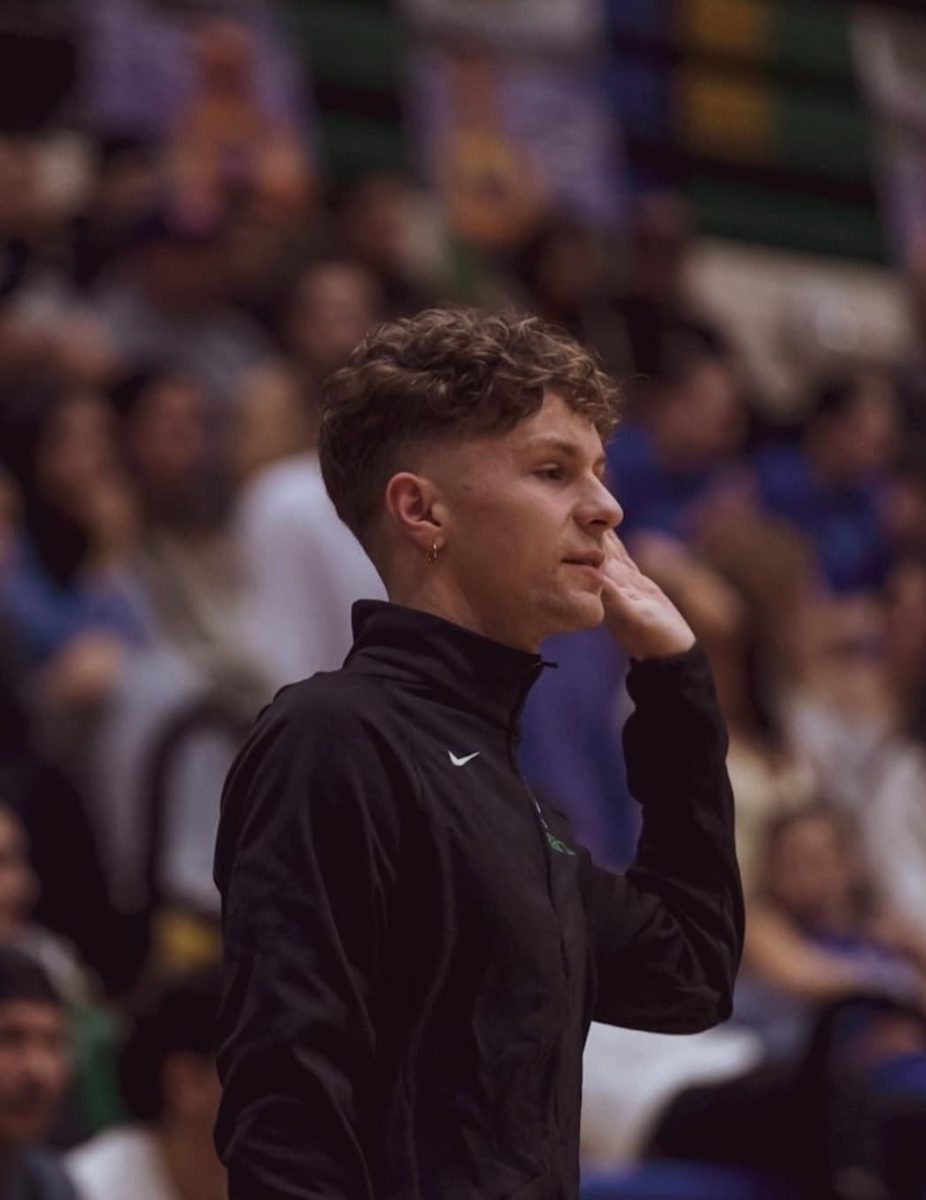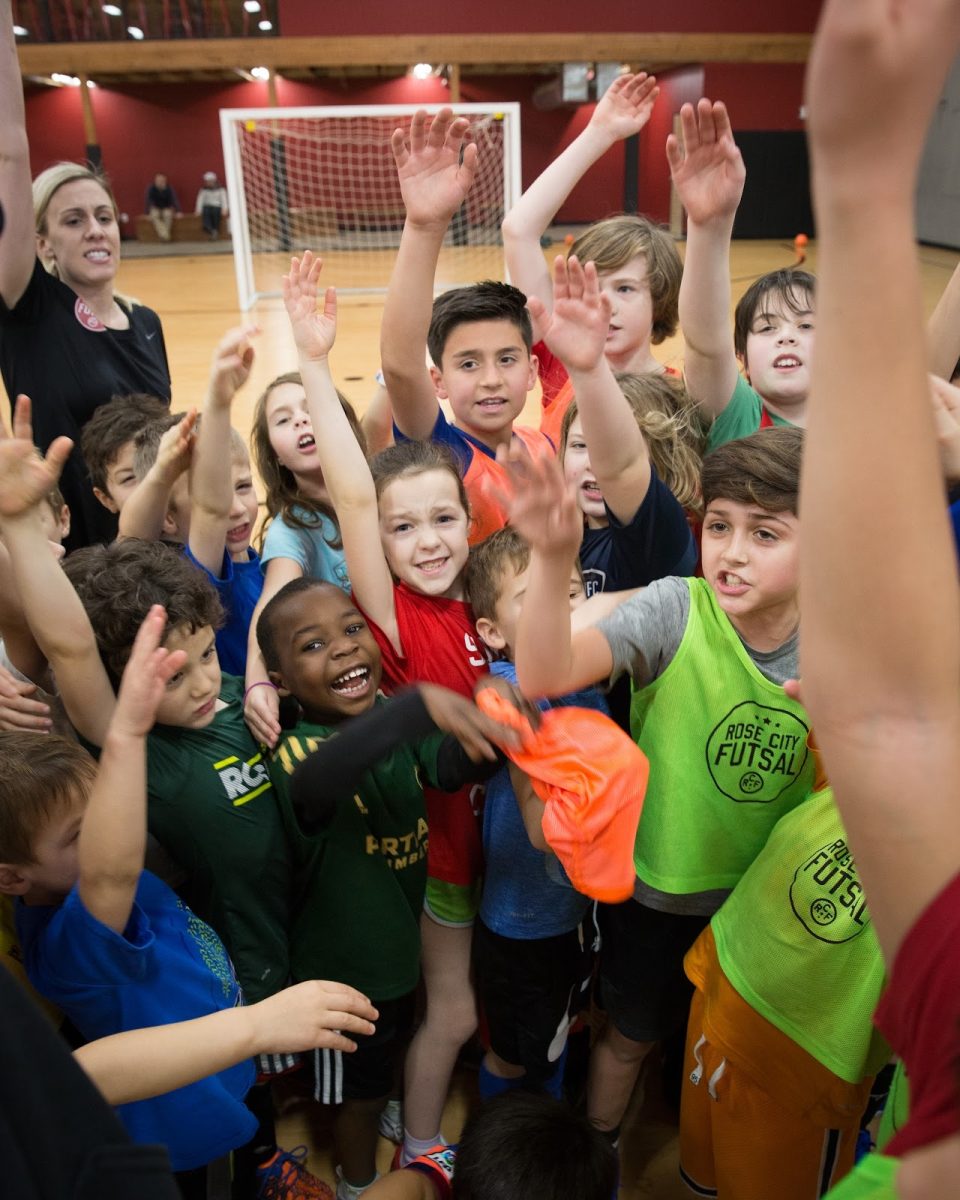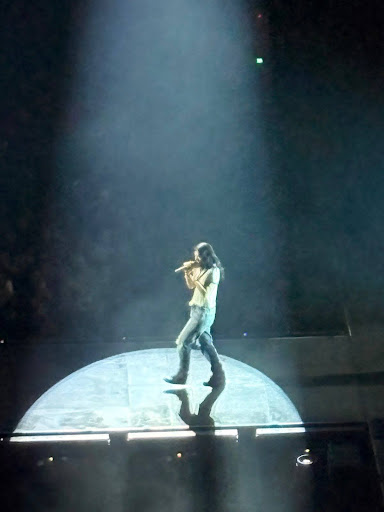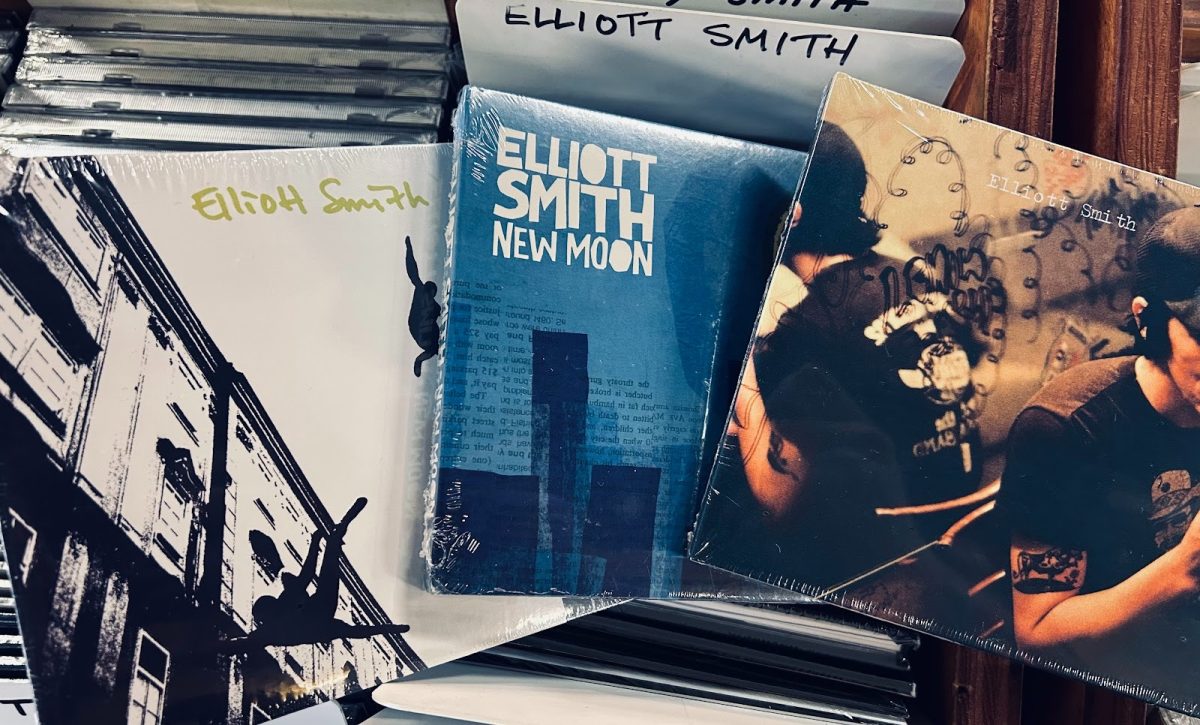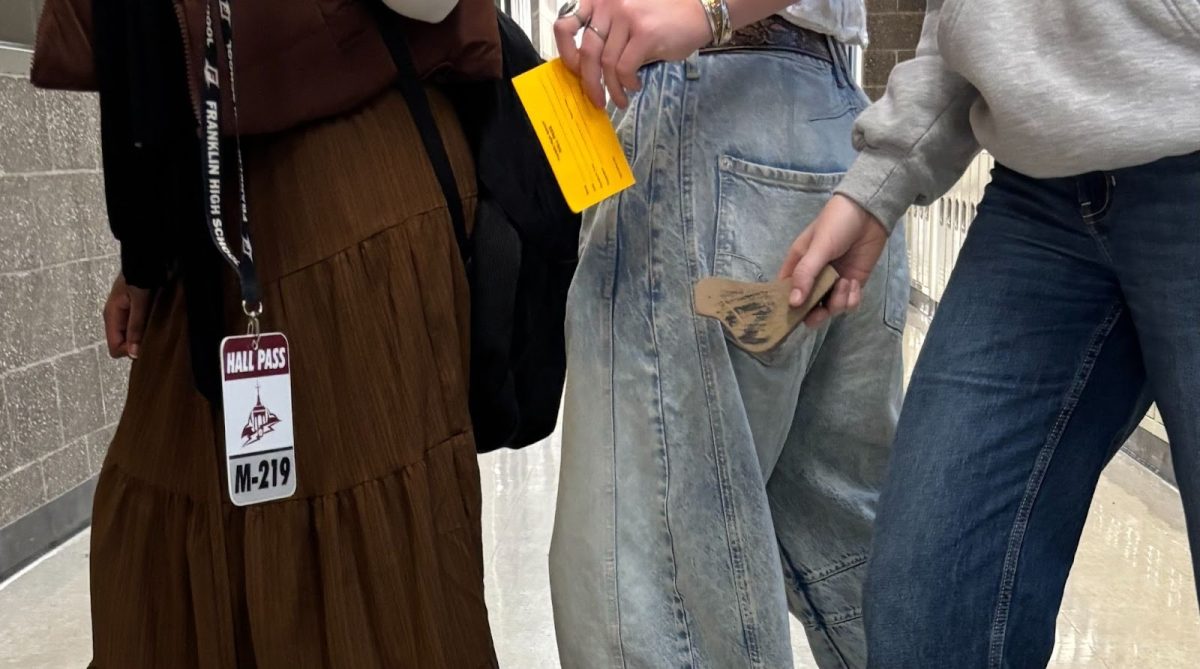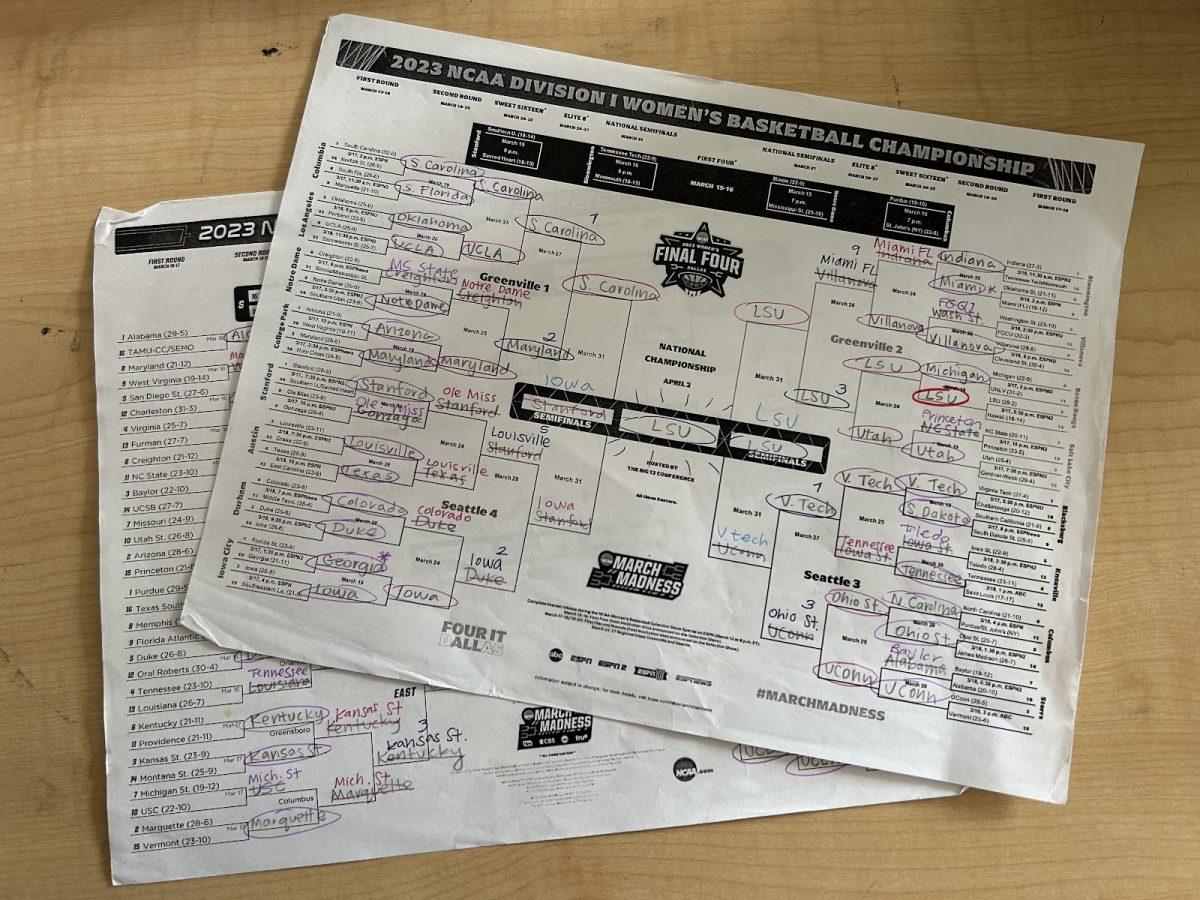
My March Madness Brackets. Bracket-making for March Madness is an entertaining way to spend rainy spring days.
March signals the start of spring: The frost melts off leaves, flowers begin to bud, and sleepy animals crawl out of hibernation. But for avid basketball fans, players, and those who like to make brackets and bet money, it’s a time for one thing only: March Madness.
March Madness is an annual college basketball tournament run by the National Collegiate Athletics Association (NCAA) that lasts the entirety of the month. The Tournament attracts a wide variety of viewers, from those who follow college basketball all season, to those who tune in solely for the tournament action.
One aspect of this event that sets it apart from other tournaments, like the NBA or WNBA Finals, is the use of brackets. Teams are given a seed ranking, from 1-16, with one being the best, and 16 the worst. Some bracket-users who follow NCAA basketball heavily will put forth serious brackets with calculated upsets. Others create brackets based off of favorite team mascots or school colors, if they enjoy bracket-making but not so much the sport itself.
Fans can fill out a bracket either online or on paper. Online brackets completed through ESPN can be shared with friends and family, where members compete to see whose bracket remains most “perfect” as the tournament progresses.
No one has ever recorded a perfect bracket, at least since the NCAA began keeping track in 2016. And it’s highly unlikely anyone will—the odds of correctly guessing the outcome of every single game is roughly one in 9.2 quintillion. Warren Buffett, fifth-richest individual in the world, stated in 2014 that he would pay anyone one billion dollars for achieving a perfect bracket. But so far, no one has. That’s the thing about March Madness. It’s unpredictable. But that’s what makes it so exciting.
Before 2018, no one-seed had ever fallen to a 16-seed in Men’s March Madness. (In 1998, Harvard (16) beat Stanford (1) in NCAA Women’s March Madness). But in 2018, this streak was broken when UMBC, a 16-seed, beat Virginia, a one-seed expected to make it far that year. And in 2023, it happened for the second time in history: the Fairleigh Dickinson Knights (FDU) took down top-seeded Purdue, “busting” all brackets on ESPN. Also in the first round, 15-seeded Princeton beat second-seeded Arizona. Princeton went on to win their next game, eventually advancing to the Sweet Sixteen, an unexpected run for both a 15-seed and an Ivy League team in general.
But Princeton and FDU’s wins weren’t the only surprising results. On the men’s side, all one-seeds were eliminated by the Elite Eight, which is not a common occurrence. Florida Atlantic, seeded ninth, made it all the way to the Final Four. A seed ranked nine or higher has only made it to the Final Four eight times since 1985.
San Diego State University, seeded fourth, beat Florida Atlantic 72-71 on a buzzer beater by Lamont Butler. They eventually went on to lose to UConn, seeded fourth, in the National Championship, 76-59. As a four seed, UConn was not a favorite to win—in fact, teams ranked four or higher have only won March Madness five times since 1985—but one Franklin student, Rowan Horner (11), had bet on them since the beginning. When asked what made him predict UConn to win, he said “I liked their logo, and I picked them last year.” Overall, Horner’s bracket didn’t look very pretty by the end, but he did feel some success for choosing the winner correctly, and for beating his friends in their bracket competition.
He explained that his friend, Brennan McEwen, had originally picked UConn to win, but changed it at the last minute, after doing research, which goes to show how little basketball knowledge can matter. “Beating Brennan was my favorite March Madness moment,” said Horner.
Women’s March Madness was electrifying this year, sparking much discussion about women’s sports as a whole. In fact, it’s only the second year that the tournament has even been called “March Madness”; before, it was run under separate marketing campaigns and funding. For many years, women’s basketball has garnered lower viewership than men’s basketball. This shifted greatly during this year’s tournament.
Many top women’s teams were expected to do well, such as Stanford (1), undefeated South Carolina (1), LSU (2), and Iowa (2). Stanford fell uncharacteristically early, losing to eight-seeded Ole Miss in the Second Round. South Carolina, previously undefeated, fell to Iowa in the Final Four, which Franklin junior Darby Winter recalled as his favorite moment of the women’s tournament. Iowa was led by Caitlin Clark, recipient of the 2023 Wooden Award, given to the nation’s most outstanding player. Clark set the NCAA scoring record for the tournament, men’s or women’s, scoring 191 points over the six games. She also accumulated 60 assists, falling just short of the men’s record, which Mark Wade achieved in 1987 with 61 assists. But she didn’t stop there. She then was the first player, from either the men’s or women’s tournament to have a 40-point triple-double. To beat South Carolina, Clark dropped 41 points, the most ever in a tournament semi-final. The South Carolina-Iowa game and the LSU-Virginia Tech games both drew record attendance for a college basketball game, men’s or women’s.
Clark was a catalyst for the long-awaited increased viewership of women’s basketball, but the eventual champions, LSU, played a large role as well. The LSU coach, Kim Mulkey, had three tournament wins under her belt from her time at Baylor. As a second-year coach for LSU, she helped the team to its first tournament win in history, beating Iowa 102-85. LSU was led by Angel Reese, who was named Most Outstanding Player.
Reese and Clark have both been subject to controversy following the tournament. Reese was criticized for a celebration she did during the game, some called her “unsportsmanlike” or “aggressive.” But others were quick to note that Clark did a very similar gesture, and was not scrutinized to the same level. Many saw the double standard—a Black player criticized for celebrating, when a white player wasn’t—and after a few days, even Clark responded. In an interview with ESPN, Clark said “I don’t think Angel should be criticized at all, no matter which way it goes … I’m just one that competes and she competed. I think everyone knew there would be a little trash talk in the entire tournament … I’m a big fan of hers.” Reese also commented: “So this was for the girls that look like me, that’s going to speak up on what they believe in,” she said after the game. “It’s unapologetically you. That’s what I did it for tonight. It was bigger than me tonight.”
Even amidst all the controversy, it cannot be understated the historic impact of this women’s tournament for women’s basketball and sports in general. Daivon Hendrix (12) said his favorite part of the tournament was “Caitlin Clark bringing major media attention to women’s basketball,” and Cairo Machatine’s (11) favorite part was “Caitlin Clark casually dropping threes in the championship.”
Some other Franklin students were avid viewers of the tournaments. Cassius Lake (11) said his favorite moment of March Madness was the “Gonzaga game winner vs UCLA.” Darby Winter (11) echoed the same statement.
March Madness is always an unexpected and exciting time. Whether you love basketball or not, it can be fun to fill in a bracket and tune into the games.


